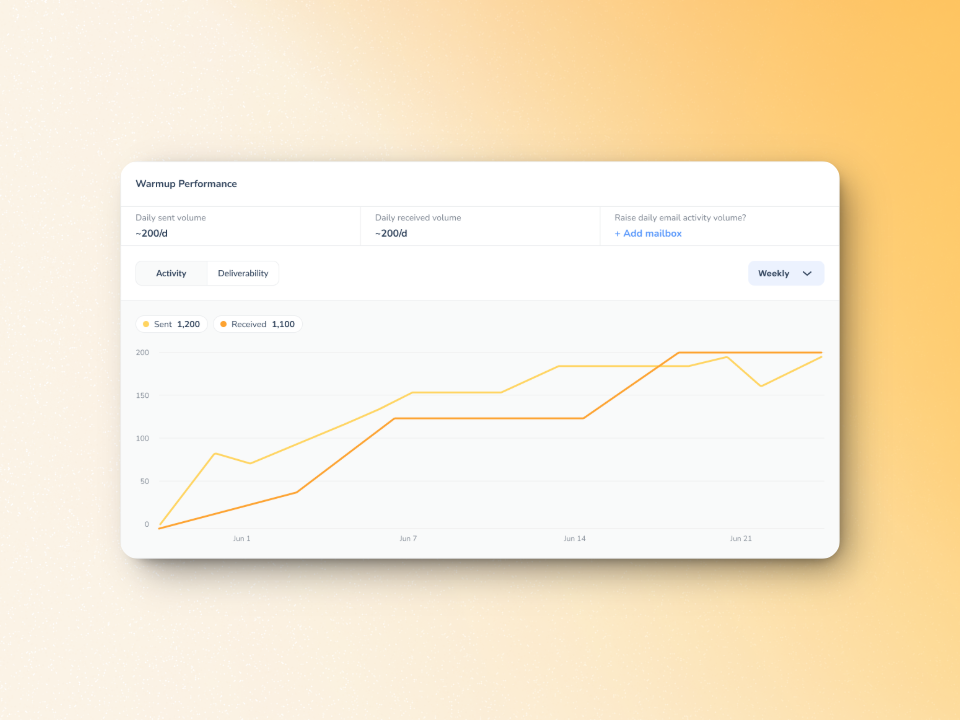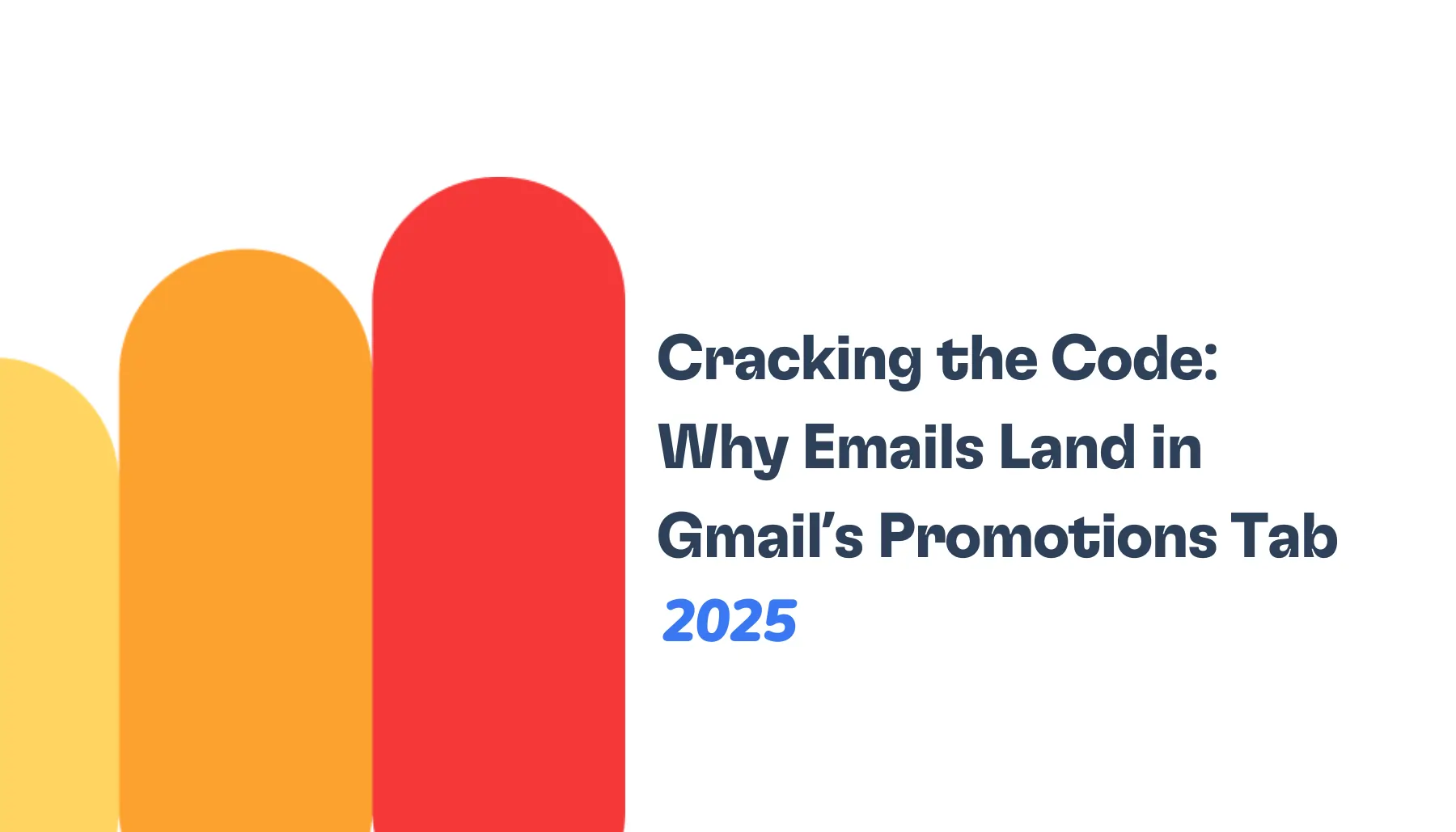Spamhaus DBL Blacklist is a widely recognized and respected organization that focuses on identifying and listing domains involved in spamming and other malicious activities.
If your domain has been blacklisted by Spamhaus DBL, it can have severe consequences for your email deliverability and online reputation.
In this article, we will explore the steps to remove your domain from the Spamhaus DBL blacklist and ensure that your emails reach your intended recipients.
Introduction to Spamhaus DBL blacklist
Spamhaus DBL (Domain Block List) is a real-time database that contains a list of domains known for sending spam emails or being associated with other types of malicious activities.
It is an effective tool used by email service providers and system administrators to protect their networks and users from unsolicited and harmful content.
Being listed on the Spamhaus DBL can result in your emails being marked as spam or blocked entirely.
Understanding the impact of being blacklisted
When your domain is blacklisted by Spamhaus DBL, it can have detrimental effects on your email communication efforts.
The major impact is a significant decrease in email deliverability. Email service providers and spam filters often consult the Spamhaus DBL to determine the legitimacy of incoming emails.
Q: What are spam filters?
A: Spam filters are tools used by email providers to automatically detect and block unwanted or potentially harmful emails, such as spam, phishing attempts, or malware, from reaching a user’s inbox. They analyze various factors, including the sender’s reputation, content, and subject line, to identify suspicious emails.
If your domain is flagged, your messages may be diverted to the recipients’ spam folders or rejected outright.
Reasons for domain blacklisting
Several factors can lead to the blacklisting of a domain. Understanding these reasons is crucial for taking appropriate action to remove your domain from the Spamhaus DBL blacklist.
Sending unsolicited emails
The most common reason for domain blacklisting is the sending of unsolicited emails, commonly known as spam. If your email campaigns are not permission-based and recipients mark your messages as spam, it can trigger spam complaints and eventually result in your domain being blacklisted.
Compromised systems
If your server or computer system is compromised by malware or bots, they can be used to send out spam emails without your knowledge. This can lead to the blacklisting of your domain, as it appears to be the source of the unwanted email traffic.
Hosting malicious content
Hosting websites or content that violates acceptable usage policies, such as distributing malware or engaging in phishing activities, can also lead to domain blacklisting.
Spamhaus DBL actively monitors domains associated with such activities and includes them in their blacklist.
Checking if your domain is blacklisted
Before taking steps to remove your domain from the Spamhaus DBL blacklist, it is important to verify if your domain is actually listed. Here are two methods you can use for checking:
Utilizing Spamhaus DBL
Visit the Spamhaus DBL website and enter your domain in their blacklist lookup tool. If your domain is listed, you will receive a notification along with relevant details about the listing.
How to check if my domain is on the Spamhouse DBL Blacklist with Warmy.io?
Warmy, a robust and dependable email deliverability service, is designed to simplify your email needs. Say goodbye to the tedious task of individually checking each blacklist because Warmy has got it all under control for you.

Currently, the most insightful tool available is the email deliverability test offered by Warmy.
It’s completely free of charge. Simply navigate to the Email Deliverability Test page and execute the three-step process to determine if your domain is blacklisted. This test includes all the most renowned domain blacklists, in addition to identifying errors in your SPF, DKIM, DMARC settings, and the placement of your emails.
Steps to remove your domain from Spamhaus DBL blacklist
If you find that your domain is indeed listed on the Spamhaus DBL, follow these steps to initiate the delisting process:
Identifying and resolving issues
Thoroughly investigate your email practices, server configurations, and systems for any signs of compromised security or spamming activity. Identify and resolve any vulnerabilities or issues that may have led to your domain being deemed as deserving to be blacklisted.
Requesting delisting
Once you have addressed the underlying issues, visit the Spamhaus DBL website and follow their delisting procedures.
On the Spamhaus Blocklist Removal Center page, enter your domain again and follow the instructions for removal. This usually involves filling out a form with details about what actions you’ve taken to resolve the issue.
Provide all the necessary information and demonstrate that you have taken appropriate measures to rectify the situation.
Maintaining good email practices
To prevent future blacklisting and maintain a good email sending reputation, adhere to the following practices:
◾ Use double opt-in for building your email list to ensure recipients’ consent.
◾ Regularly update and patch your systems and software to prevent vulnerabilities.
◾ Monitor email engagement metrics and promptly remove inactive email addresses.
◾ Avoid sending excessive amounts of emails in a short period of time. Related Reading: Complete guide – how to send bulk emails without spamming
◾ Respect recipients’ preferences and promptly honor unsubscribe requests.
Preventive measures to avoid future blacklisting
Prevention is key to avoiding future blacklisting issues. Implement the following measures to safeguard your domain and maintain a positive email sending reputation:
Warm up your domain, email address, and even IP

If you want to avoid being blacklisted, it is essential to warm up your email properly. One highly recommended method to achieve this is by utilizing an email warmup service like Warmy.io.
Using an email warmup service is crucial because it helps establish a positive reputation for your email domain and improves your email deliverability. When you start sending emails from a new or inactive domain, it can raise red flags for spam filters and Internet Service Providers (ISPs). This can result in your emails being marked as spam or being completely blocked.
Check out this recent report from the Warmy Research Team which takes a deep dive into The Science and Process of Warming Up Newly Created Email Domains.
Warmy.io provides specialized tools and techniques designed to gradually increase your email sending volume over a period of time. By following a systematic warmup process, you can build trust with ISPs and demonstrate that your emails are legitimate and desired by the recipients.
The service typically works by gradually increasing the number of emails sent each day while monitoring deliverability rates and keeping track of key metrics. This gradual increase helps ISPs recognize your domain as a legitimate sender and reduces the chances of being flagged as spam.
Warmy.io also provides additional tools and features to help you optimize your email warmup process. These tools ensure that you have full control over your email deliverability and can adjust your strategies as needed.
By using an email warm-up service like Warmy.io, you can minimize the risk of being blacklisted, enhance your email reputation, and improve the chances of your emails reaching the intended recipients’ inboxes. It is an effective way to establish trust with ISPs and maximize the deliverability of your important messages.
Implementing email authentication

Utilize email authentication protocols such as SPF (Sender Policy Framework), DKIM (DomainKeys Identified Mail), and DMARC (Domain-based Message Authentication, Reporting, and Conformance). These protocols verify the authenticity of your emails and help establish your reputation as a legitimate sender.
Warmy offers a Free SPF Record Generator and Free DMARC Record Generator to help you ease your way into authentication.
Monitoring email sending reputation
Regularly monitor your email sending reputation using reputable email deliverability tools such as Warmy’s free email deliverability test and Domain Health Hub.
These tools provide insights into your sender score, bounce rates, and spam complaint rates, allowing you to take corrective actions if necessary.
Say goodbye to being blacklisted
Being blacklisted by Spamhaus DBL can severely impact your email deliverability and online reputation.
However, by following the steps outlined in this article, you can take proactive measures to remove your domain from the Spamhaus DBL blacklist and prevent future blacklisting.
Remember to maintain good email practices, regularly monitor your email sending reputation, and implement preventive measures to ensure that your emails reach their intended recipients.
Try Warmy.io for free today and start your journey to email success.
📜 Related articles:
◾ Hotmail / Outlook Blacklist: How To Remove your IP from it
FAQ
How long does it take to get delisted from Spamhaus DBL?
The delisting process can take anywhere from a few hours to a couple of days, depending on the responsiveness of the Spamhaus DBL team and the actions you have taken to address the blacklisting reasons.
Can I request delisting multiple times if my IP gets relisted?
Yes, you can request delisting multiple times if your domain gets relisted. However, it is crucial to address the underlying issues and ensure that you have resolved them before requesting delisting again.
Are there any fees associated with delisting from Spamhaus DBL?
No, Spamhaus DBL does not charge any fees for delisting. It is a free service provided to maintain a clean and safe email environment.
Will delisting from Spamhaus DBL remove me from all other blacklists?
No, delisting from Spamhaus DBL will only remove you from their specific blacklist. It is essential to check other major blacklists and take appropriate actions if your domain is listed there as well.
Can I prevent my IP from being listed on the Spamhaus DBL in the first place?
While there are no guarantees, following best email practices, implementing email authentication protocols, and regularly monitoring your email sending reputation can significantly reduce the chances of your domain being listed on the Spamhaus DBL.











